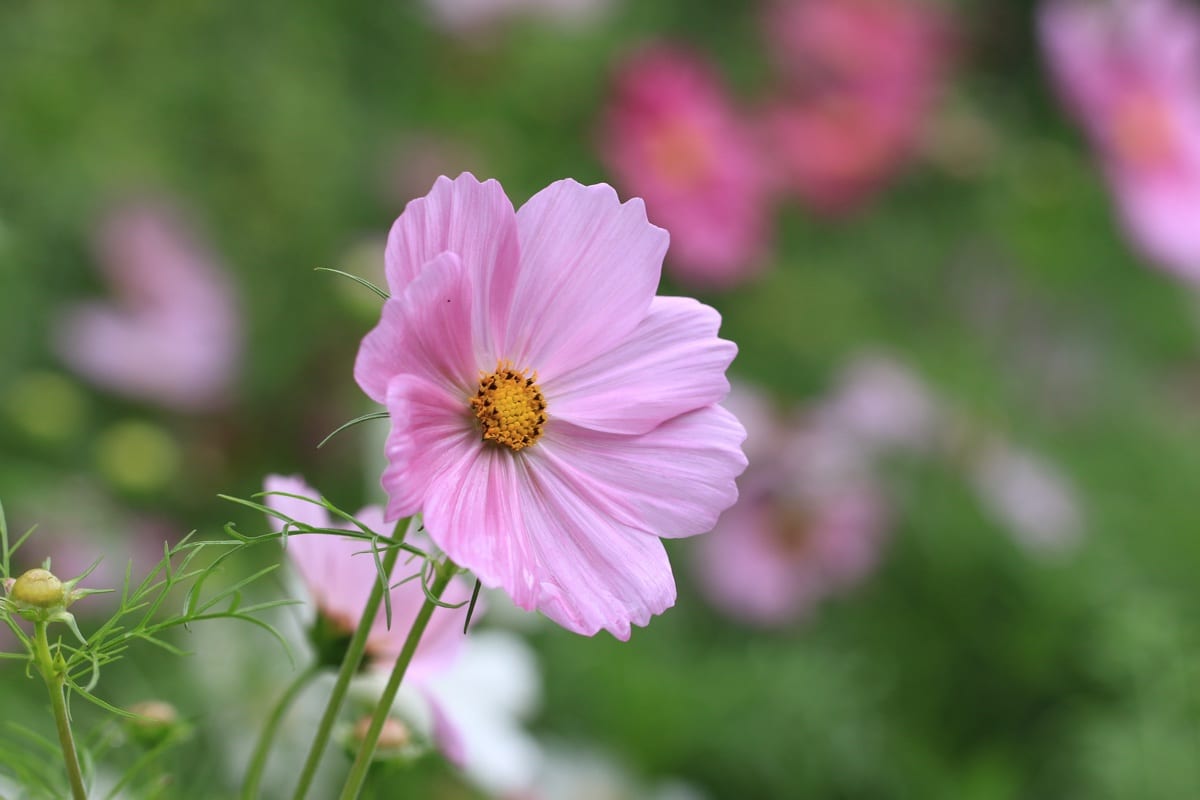800th Week: Some Approaches to Ease Stress
Sitting in Central Park on a quiet Sunday morning, I find myself wondering what to offer for this week’s practice. One of the things most of us need at this point are ways to settle ourselves, reliable ways to re-center in the presence of so many adaptations required in this world of both a pandemic and an essential confrontation with racial and economic inequities that have been accepted as normal for far too long.
As I’ve been doing lately, I’d like to offer some practices that might be of help during stressful times. As a collective, we face necessary demands for fundamental social change even as we adapt to learning to manage a pandemic we don’t yet fully understand, and these inescapable realities are sources of stress for most of us.
Drawing from my hypnosis background as well as Somatic Experiencing and EMDR, here are some practices I’ve found useful over the years:
From hypnosis: The Eye-Roll Technique
This is a form of self-hypnosis induction and once I learned it I began to draw on an adaption of it that I found to be very useful.
The “official” version is the following, along with an adaptation that emerged in my experience as I worked with this process over time:
- With your head resting as if you are looking forward, eyes open, roll your eyes up to look at the ceiling (or above you if you’re outdoors).
- Take a breath and as you exhale keep your eyeballs rolled up and close your lids.
- Take two more breaths and on the last exhalation allow your eyeballs to drop down as you drop into your body. The suggestion you give yourself as you drop down into yourself is that you are going into a self-hypnotic state.
- Then, and here’s where my own experience begins to weave into the technique, notice where you have landed in your body as you traveled down with the out-breath.
- As you gently breathe, simply rest where you are, inside yourself, in what you may discover is a quiet and more settled state.
- Over time, the adaptation I discovered was that all I need to do is take a breath and on the out-breath I spontaneously drop down inside myself and into the state created by the eye-roll induction. It has become a rapid way to shift into a more settled state of being.
- If you find yourself wanting to do some actual self-hypnosis, remember to bring yourself back by mentally counting from three to one with the suggestion that, at the count of one, your eyes will open and you’ll be all the way back, fully alert and ready to move on to whatever is next on your agenda.
From Somatic Experiencing: Using the “Voo”
In Somatic Experiencing, Peter Levine offers a number of nervous-system informed approaches to regulating our bodies, which automatically generate a greater possibility for easing our psyches, as well.
One of the approaches Peter uses quite a bit and that I’ve found an important part of my everyday self-care, is to use the sound “voo” to regulate the body. As odd as it may seem, this sound works directly on the parasympathetic system and tends to generate a relaxation response.
Here’s how to do it, and I’m sure I do this a bit differently from Peter’s way of doing it…
- Sitting in whatever position is comfortable for you, take a breath and on the exhalation make the sound “voo”, much as you would express the sound “om” if you are a meditator.
- I prefer a gentle voo that is in my deeper register, but I don’t work at it—I just allow the sound to flow with my out-breath.
- Do this three times and notice if there is any shift in your experience, a shift in the direction of settling a bit more.
- Because of all the current research on the importance of stimulating the vagus nerve, sounding the “voo” each day has become one of my morning practices and I do it without fail every morning. I also use it during the day when I need to take a moment to settle back into myself.
From EMDR: The Butterfly Hug
In the aftermath of an earthquake in Mexico in the 1980’s, a group of EMDR therapists created the butterfly hug for the children who were traumatized by the event. It went on to become an approach many of us used after 9/11 and has established itself as an efficient and always available way to settle a bit when we are activated.
- To do the butterfly hug, fold your arms across your chest so that your right hand touches your upper arm just below your shoulder and your left hand touches your right upper arm.
- Then, when you feel activated, upset, distressed—whatever you would identify as being a source of stress—do alternate taps on your upper arms, tapping relatively quickly, but gently.
- You might see what works best for you, tapping throughout discomfort until you feel settling or tapping, say, 14 times and seeing how you feel and then tapping 14 more, etc.
I know that a lot of my colleagues have been posting helpful approaches on YouTube, so I encourage you to seek out resources that are readily available. We all feel stress of some kind right now and because of my belief in collective consciousness I consider it a community service to bring myself back into regulation when I can. Whenever any one of us re-centers, we contribute to our collective ability to be more centered and less activated with one another.
As with all these practices, please remember to bring along curiosity as your constant companion and to pat gently on the head any judgments that may arise as you explore your experience.





